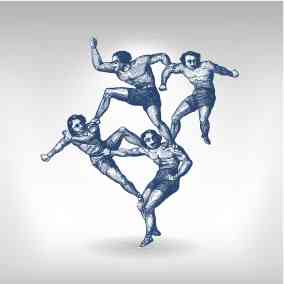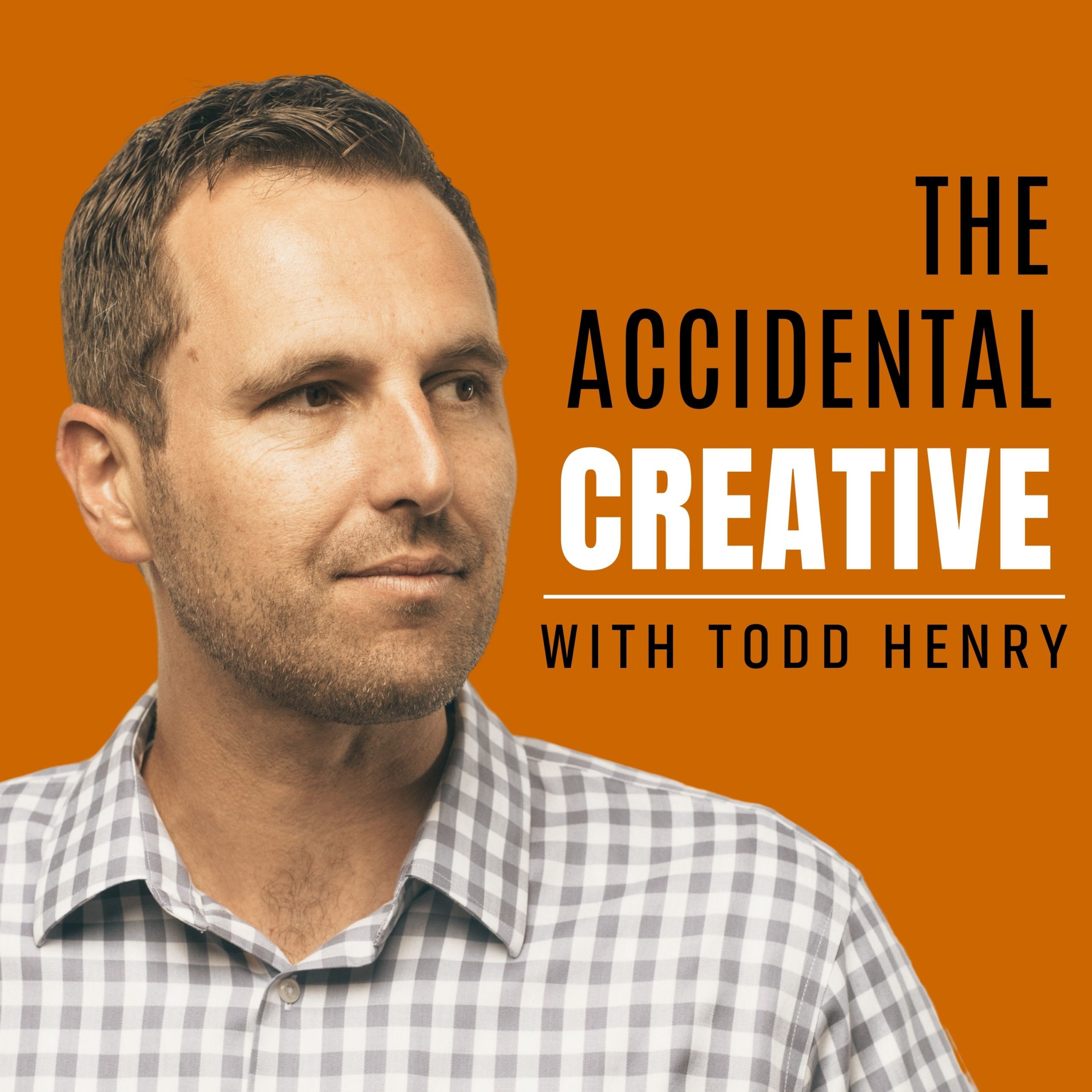“I’m just stale. I don’t know how to go to the next level. I feel stuck.”
I could tell that Jessica was really struggling. The funny thing is, her career was going very well. She was earning acclaim from her company, and she had even been recently promoted. From the outside, it seemed like all engines were firing on cue, but inside she felt like she was stalled out.
Jessica wasn’t really stuck, she just felt that way because the next step wasn’t clear. In truth, there are two places where the path becomes obscured, and people commonly feel stuck. They are unable to go to the next level, and they become paralyzed with the fear that their best days might be behind them. However, once you identify these two common “sticking points”, your next steps are a little more apparent.
In [amazon_link id=”1591847524″ target=”_blank” ]Louder Than Words[/amazon_link], I wrote about how the best and most resonant creative pros take their work to the next level over and over rather than stalling out.
In chapter three, I described the phases of growth, and how we progress through them over time. They are:
Discovery
Emulation
Divergence
Crisis
Emulation and Crisis are the danger zones for anyone wanting to sustain brilliant work. Why?

Louder Than Words is available now. Develop and use your authentic voice, and make your work resonate.
In Emulation phase, you are develop basic skills by emulating others who already perform a task well. If you are a designer developing your own voice, you might choose to emulate someone who is farther along or who has a distinctive style. However, once you achieve a certain level of skill, you must make a decision:
– Continue emulating, and reap the immediate benefits that come from short-term attention for your work, or…
– Choose to “diverge”, which means that you begin making intuitive leaps with your work and defining your own style.
In truth, Emulation phase can be very comfortable. You become adept enough to earn recognition for your work, and you get immediate results. However, you’re not really developing your voice, you’re simply mimicking someone else’s. You must choose between staying in a place of relative comfort and safety, and beginning to make bold, unique decisions with your work.
The second place many people get stuck, and this was the case with Jessica, is in Crisis phase. In Crisis phase you’ve defined a unique body of work, and people recognize you as highly contributive and identifiable. You have made bold decisions, but now what once seemed risky has become commonplace. You are no longer taking new territory, you’re simply protecting what you’ve already done.
Many people wallow in Crisis phase, because they are afraid of trying something new. They feel that failure would be a stain on their reputation, so they would rather stay in a place of relative predictability. In essence, they are emulating themselves. There are two choices you can make in Crisis phase:
– Go back to the first phase, and discover a new skill or area to develop in your work, or…
– Stay where you are and begin the long decline into stagnancy and mediocrity.
You will go through these phases of growth many, many times in your life and work, and may be in different phases in different areas. The key is to not allow yourself to get stuck, but to continue to push forward so that your body of work reflects your best attributes, and not your biggest fears.
Once I pointed this out to Jessica, she was able to identify a few new ways to develop her skills and continue up the growth curve. It was difficult at first, because she was afraid of appearing incompetent, but that quickly faded. Now, she’s doing great.
Follow in Jessica’s footsteps. Keep moving, keep growing, and refuse to stagnate.




0 Comments